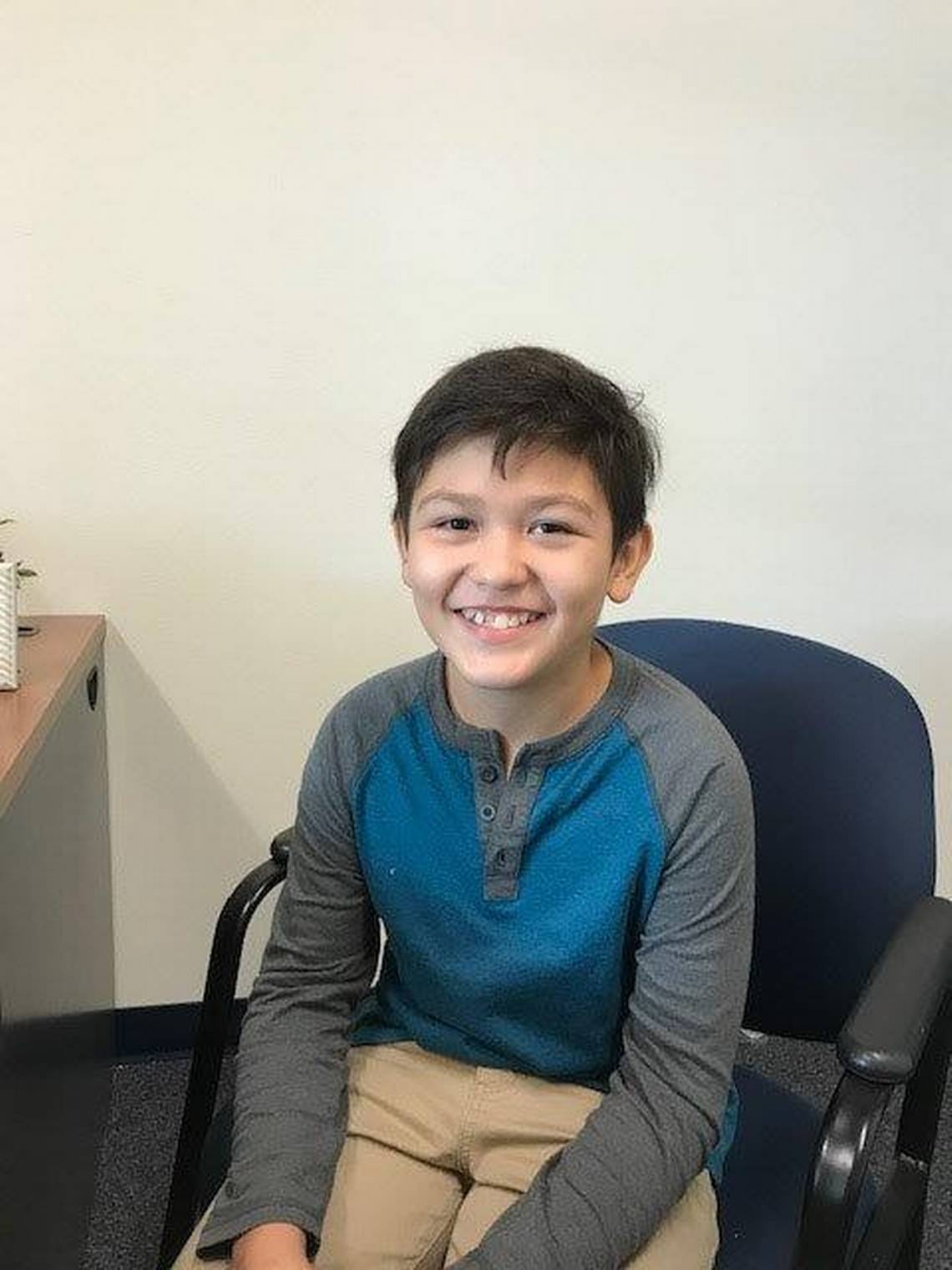Withdrawal from school
Note: This is the first in a series of explainers about key issues raised by findings in our database. These will be uploaded periodically under Issues.
Key takeaways
Over one-third (37%) of abuse cases in HIC involve withdrawal from school. The proportion jumps to nearly half (46%) for fatality cases.
In over 50 cases, abusive caregivers withdrew their children from school immediately after a social services investigation, or in direct response to school officials intervening when they noticed abuse.
HIC cases that involved withdrawal from school saw higher rates of physical abuse, as well as abuse that requires isolation to escalate: food deprivation, imprisonment, and medical neglect. Children who were withdrawn from school were subjected to chronic, isolation-based abuse in 77% of cases.
Introduction
Withdrawal from school is a prominent trend among cases recorded in the HIC database. In over one-third of HIC cases (37%), victims were withdrawn from school to be homeschooled at some point before their abuse came to light. For fatality cases, the number is even higher: nearly half of fatality cases (46%) involved removal from school. However, the true number of withdrawal cases is likely higher, since media reports and court documents don’t always include information about victims’ educational history.
There are key themes across withdrawal cases that warrant further inspection. Evidence in our database suggests that abusive caregivers use withdrawal from school as a tactic to 1) evade suspicion from mandated reporters, and 2) to escalate abuse in ways that would not be possible if the children were enrolled in school.
Withdrawal to evade suspicion
Due to lack of detail in reporting, we often lack information on the circumstances surrounding withdrawal from school. For cases where we have information, however, the trends are concerning. We have identified over 50 cases in which abusive caregivers withdrew their children from school in direct response either to an investigation by social services, and/or to teachers reporting or noticing signs of abuse, which often consist of physical injuries or visible malnutrition. As the table above shows, withdrawal after an investigation or a teacher reporting abuse is higher among fatality cases.
| Fatality | Non-fatality | All cases | |
|---|---|---|---|
| Withdrawn after school reported abuse | 30.77% | 16.67% | 22.78% |
| Withdrawn after school expressed concern | 3.85% | 9.80% | 7.22% |
| Withdrawn after investigation, tip source unknown | 3.85% | 1.96% | 2.78% |
| Unknown | 61.54% | 71.57% | 67.22% |
| Number of cases | 78 | 102 | 180 |
Eduardo Posso’s story is representative of these cases. Eduardo died in 2019 at age 12 after being purposefully starved by his father and stepmother. Before Eduardo’s death, he was enrolled in public school, and teachers, family members, and neighbors all expressed concern about his well-being. In fact, between June 2017 and December 2018, child welfare officials investigated reports of abuse at least five times.

Eduardo Posso (2006-2019)
Eduardo loved dogs, motorcyles, and jumping on the trampoline.
This tracks with wider trends in HIC cases that involve withdrawal from school: social service history is more common for cases with confirmed withdrawal than those without. It also aligns with the best data we have available on withdrawal from school to homeschool and abuse. A 2018 study by the Office of the Child Advocate in Connecticut launched an inquiry into the death of Matthew Tirado, whose story is recorded in our database. In the six school districts they examined, the team found that 36% of children removed from school to be homeschooled were in families that had been subject to at least one accepted report of abuse or neglect. Like Eduardo’s family, 90% of these families had either substantiated cases or multiple reports of abuse.
The table below shows the number of cases in which families had prior agency history prior to withdrawal from school. In 49% of all cases, and 63% of fatality cases like Eduardo’s, families had some form of contact with social services prior to withdrawal. While concerning, these numbers cannot tell us anything about cause: the relationship between social service engagement, withdrawal, and fatality is nuanced, and will be the subject of future analysis.
| Prior agency history | Fatality | Non-fatality | Total number |
|---|---|---|---|
| No known agency contact | 41.03% | 57.84% | 50.56% |
| At least one known tip | 1.28% | 5.88% | 3.89% |
| At least one known contact | 52.56% | 25.49% | 37.22% |
| Assumed contact via foster | 5.13% | 10.78% | 8.33% |
| Total | 78 | 102 | 180 |
The five cases against Eduardo’s family were ultimately closed for lack of evidence. But two days after the last investigation, Eduardo’s parents withdrew him and his siblings from school to homeschool them. A similarly immediate response is evident in numerous other cases. Sanaa Cunningham’s parents were investigated in March 2016, and she was withdrawn from school in April. Nubia and Victor Barahona were withdrawn after teachers lodged the final of many DCF reports. Teddy Foltz-Tedesco was withdrawn only months after teachers reported abuse, and when investigators attempted to investigate, the family did not allow them to see him.
Withdrawal and abuse escalation
Eduardo died within six months of being withdrawn from school. In at least 16 other cases, victims died within one year of withdrawal from school. Among these, withdrawal was an immediate precursor to death. Damon Decree Jr. was withdrawn from school and murdered two weeks later. Shelby and Shasta Miller were killed within a month of withdrawal from school. These murders were likely premeditated. In such instances, withdrawal from school was a red flag in retrospect, but it was not a precondition for fatal abuse to take place.
Most often, however, withdrawal from school is followed by an escalation in chronic, ongoing abuse. In particular, in addition to extreme physical abuse, withdrawal cases are heavily linked with three kinds of abuse: food deprivation, imprisonment, and medical neglect. We consider these forms of abuse to be isolation-based abuse, because, as they worsen, their effects are highly noticeable, and they cannot escalate if the child is in school or is otherwise appropriately socialized.
| Category | Withdrawal | All cases |
|---|---|---|
| Physical abuse | 71.1% | 62.1% |
| Food deprivation | 61.7% | 49.5% |
| Imprisonment | 50.6% | 43.6% |
| Medical neglect | 33.9% | 28.0% |
| Sexual abuse | 19.4% | 24.4% |
| Total | 180 | 475 |
As the table above shows, we see that all forms of abuse, except child sexual abuse, are higher among withdrawal cases than all HIC cases. If we break down the same numbers a different way, we find that 77% of withdrawal cases involved food deprivation, imprisonment, and/or medical neglect compared to 67% of all HIC cases.
77% of withdrawal cases involved isolation-based abuse compared to 67% of all HIC cases.
During the time between his withdrawal from school and his death, Eduardo was subjected to an escalation of all three kinds of isolation-based abuse. When he died, he had zero percent body fat.
Conclusions
Parents choose to withdraw their children from school to homeschool for many legitimate reasons: to accommodate moving, to shield their children from bullying, or to meet their individual educational needs. Evidence in our database shows, however, that abusive caregivers can use withdrawal from school as a means of concealing abuse. Withdrawal from school is a particular cause for concern when it occurs during or immediately after social service investigations, or in response to school officials taking action after they spot abuse.
Additionally, our findings preliminarily suggest that withdrawal from school is linked to forms of severe abuse that require isolation to persist and escalate. We see higher incidence rates of food deprivation, imprisonment, and medical neglect across all withdrawal cases — not just those where we have information on why and when parents withdrew their children from school.
Homeschooling does not make parents abusive. The families discussed here and elsewhere throughout our database did not begin abusing their children when they withdrew them from school; most of the time, as in Eduardo’s case, there were warning signs noticed by teachers and community members prior to withdrawal. Families may have been subject to multiple reports and investigations, like Eduardo’s was, or a household member may have had prior criminal convictions of child abuse, as was true in cases like Trinity Love Jones’. The isolation of homeschooling allowed preexisting abuse to escalate to an extreme degree, often free from notice.

